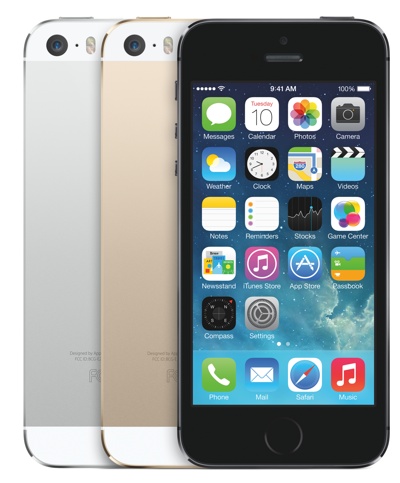The recently launched iPhone 5c is not expected to have an effect on overall smartphone adoption rate in emerging markets, while Microsoft’s acquisition of Nokia provides a reason for cautious optimism, according to a new research note by Pyramid Research (www.pyramidresearch.com).
Emerging markets will be the driving force behind the global smartphone sales growth, with 70% of total smartphone sales originating in this part of the world in 2018. Projections provided in the Pyramid Point assume that the global smartphone average selling price will gradually decline and that this number will be below US$100 across the poorest countries in the emerging world.
However, in order for the next two billion people to be connected to the Internet via smartphones in the next five years, the price of these devices should fall to around $50. This relatively hard to reach target is attainable if more competition is injected into the emerging market smartphone space and the current dominance of Android based phones is disrupted.
While the launch of iPhone 5c will be inconsequential for expanding smartphone penetration in emerging markets, the recently announced buy-back and trade-in deal between Apple and Brightstar may have a pronounced role. Also, with MSFT’s support, Nokia’s low-end smartphone portfolio is likely to grow faster and become more affordable.
More variety in the low-end smartphone offering in emerging markets, and increased competition in this space can result in faster decline in smartphone ASP and thus faster smartphone adoption rates; however, MSFT’s success in the mobile space of emerging markets won’t come without many a problem waiting to be resolved, despite the recent acquisition of Nokia.


